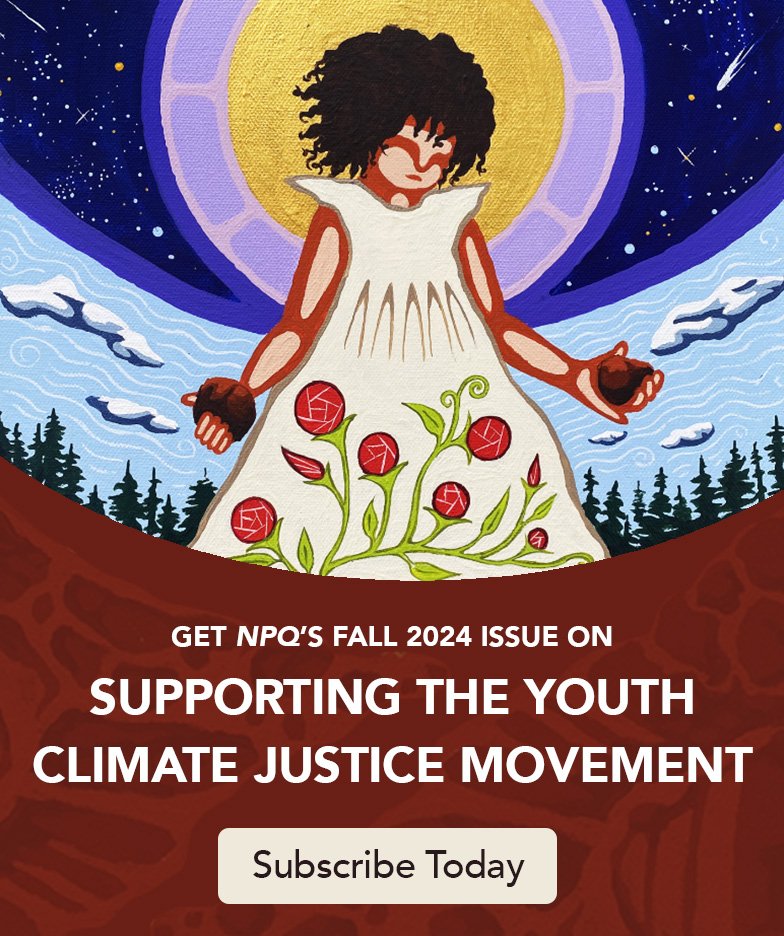May 11, 2013; MSNBC
Megan Kashner describes herself as a “ticked off” Chicago social worker, tired of witnessing her clients struggle to overcome poverty after committed participation in social service, education, and job training programs. The things that proved formidable hurdles for a low-income person were often small: a computer repair, eyeglasses to pass a driver’s license exam, a cane. Many of these needs weren’t addressed by existing support programs, and for a person coming from generations of poverty with no discretionary income, even the modest resources needed were not present in their personal networks.
Kashner founded the nonprofit Benevolent in December 2011 not only to address these immediate financial shortfalls, but also to connect donors and recipients in a new way. The mission is “to bring dignity and self-determination to both sides of the giving equation, illuminating the realities of life on the edge of sustainability.” To this end, the innovative business model marries crowdfunding technology with efficient vetting and powerful storytelling to build a diverse community of donors and recipients.
Sign up for our free newsletters
Subscribe to NPQ's newsletters to have our top stories delivered directly to your inbox.
By signing up, you agree to our privacy policy and terms of use, and to receive messages from NPQ and our partners.
How does it work? Like the groundbreaking global microfinance organization Kiva, Benevolent enables donors to contribute to very specific needs of very specific people. The range of eligible uses goes beyond Kiva’s microfinance focus. The average donor contributes $50 toward a maximum need of $700.
Like Kickstarter, Benevolent doesn’t release funds pledged until the goal amount has been met. Also like Kickstarter, Benevolent posts videos from each potential recipient so they can explain, in their own voices, their plans and what’ll they need to succeed. Unlike Kickstarter, Benevolent independently vets each need as legitimate by partnering with a network of local nonprofits. These local organizations gain new resources to help their clients, and pass the funding through to the individual beneficiary for its intended use. According to Alex Niemczewski, a nonprofit worker who has vetted Benevolent recipients, the components all work to benefit her clients. “At first we wondered if our clients would feel weird putting up videos, but it’s a reminder to them that they’re working hard.”
During its pilot phase, Benevolent raised more than $45,000 to fund over 80 individual requests. Its operations are funded by a fee of roughly 10 percent added to the amount of each individual request, as well as direct operating support from foundations. With just over a year under its belt, Benevolent has attracted interest from around the country, and has just expanded operations to Detroit, Charlotte, and San Jose/Silicon Valley. With its new geographic expansion, the volume of donations and recipients is expected to grow significantly.
Benevolent is a wonderful example of creative nonprofit problem solving. Do you know of similar multi-dimensional projects to address social issues in your community?—Kathi Jaworski












